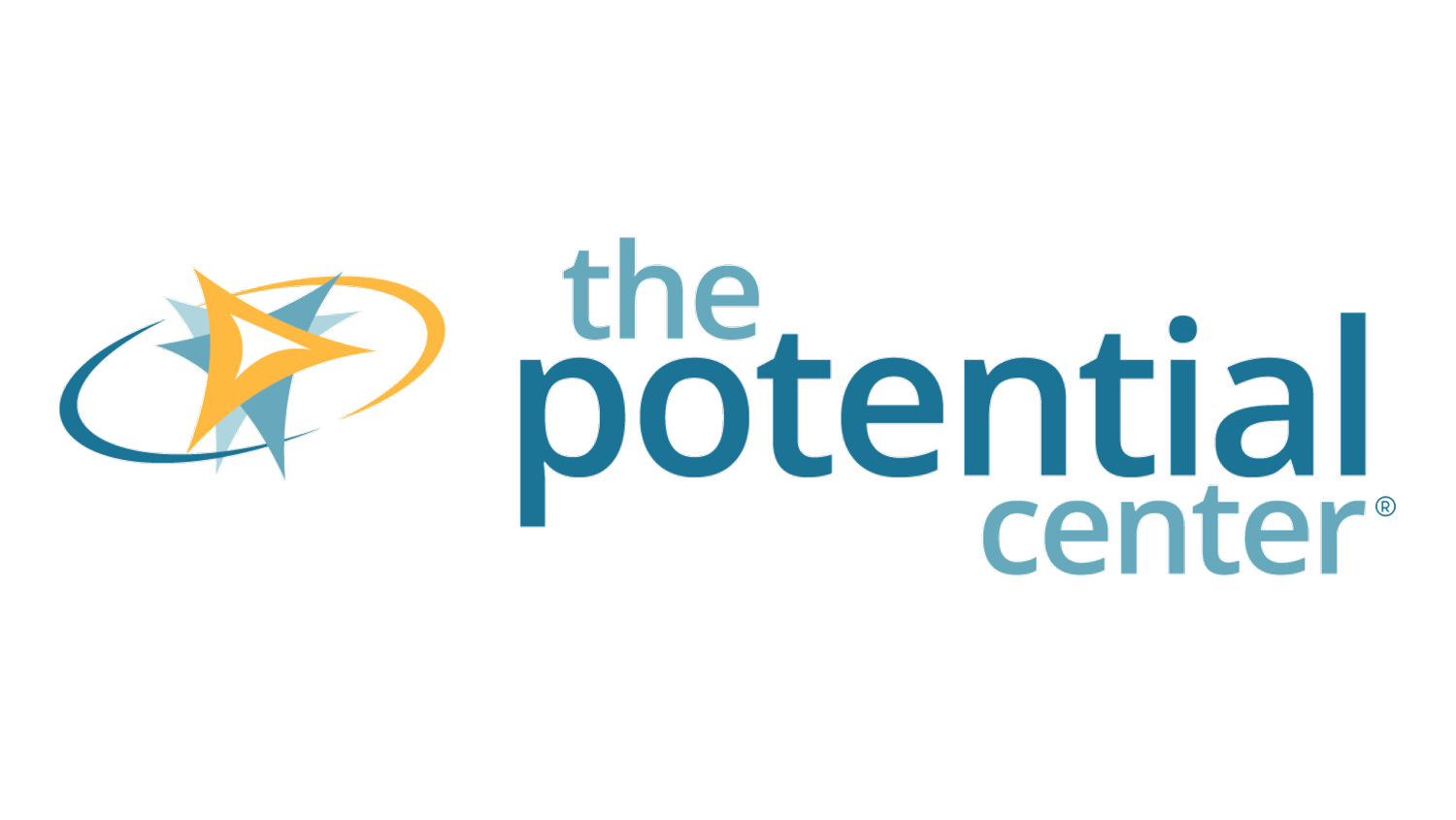When Having Fun is a Strategy
Photo by Braydon Anderson on Unsplash
I hope you had a fun holiday season! Just because the holidays are over, it doesn’t mean the fun has to stop there. One of the greatest opportunities for having fun at work is in solving problems as part of a team.
I know, we all avoid problems at one time or another. It’s boring – “not this issue again!”. It’s mind-boggling – “I can’t believe we’re still stuck on this!”. Or we simply don’t have faith that a solution exists, or that we are capable of finding a solution.
How to capitalize on “fun”
I invite you to reflect on your holidays and think about the fun times you yourself had, or how you observed youngsters totally engrossed in the fun they were having. What were some of the characteristics of those moments? They probably include things like going with the flow, not being self-conscious, not worrying about looking silly, being in the moment, etc.
If you and your team are able to capitalize on these characteristics when brainstorming, it can open the door to all kinds of ideas. Even the most analytical folks can get into the swing of things (the change in mental outlook will probably be refreshing!).
Brainstorming, or ideating, has only two rules: 1) don’t kill any ideas, and 2) the sillier the idea the better, because it will often lead to a totally inspiring result.
Not sure how to ideate?
Try this exercise:
Define the problem
Step into the shoes of someone who is totally alien to the problem. Each person could choose their own alias, or folks can draw slips of paper from a hat. Think broadly – these characters could be E.T. (literally an alien!), Albert Einstein, a homeless person, a six-year-old, a manicurist, an Olympic athlete, and so on.
Spend a few minutes on your own thinking about your character and taking on their persona.
In the group, comment on the problem through the eyes of your persona. Don’t hold back! Encourage others’ contributions with laughter and open-mindedness.
It will be helpful to jot down key observations on post-its so you can group similar comments together at the end of the session.
Here’s what happened when one company did this …
A large food retailer in the UK wanted to “shake up” its portfolio of stir fry foods. They created a wok, made from bean bags. Then the team members acted out being a stir fry, with different people assigned different ingredients – beansprouts, oil, chicken, black beans, pea pods… you get the picture. Although they were a bit uncomfortable at first, they soon became less self-conscious and hurled themselves into their wok (pun intended!). In the debrief afterwards, there were some enlightening observations that led to changing how the ingredients were prepared in the factory, and instructions for consumers preparing the meal at home.
Ideating is the second stage in the Light Bulb Thinking™ framework.
Light Bulb Thinking™
With the right support, any organization, team, and individual can learn creative ways to solve problems. At The Potential Center™, our mission is to simplify the creative problem-solving and innovation process so you can address urgent, pervasive and expensive problems. All while building better working teams.
Light Bulb Thinking™ demystifies and systematizes the creative problem-solving and innovation processes to open the door to fresh ideas and creative strategic solutions.
Subscribe to the blog here.
…And help colleagues and friends that would also appreciate a creative perspective on solving problems – forward this post :).
I’d be happy to have a conversation if you’d like to further explore a particular concept, or if you’re stuck on how to make the shift towards more creative problem-solving in your organization. Contact me at Ellia@ThePotentialCenter.com and we’ll arrange a time to talk.

